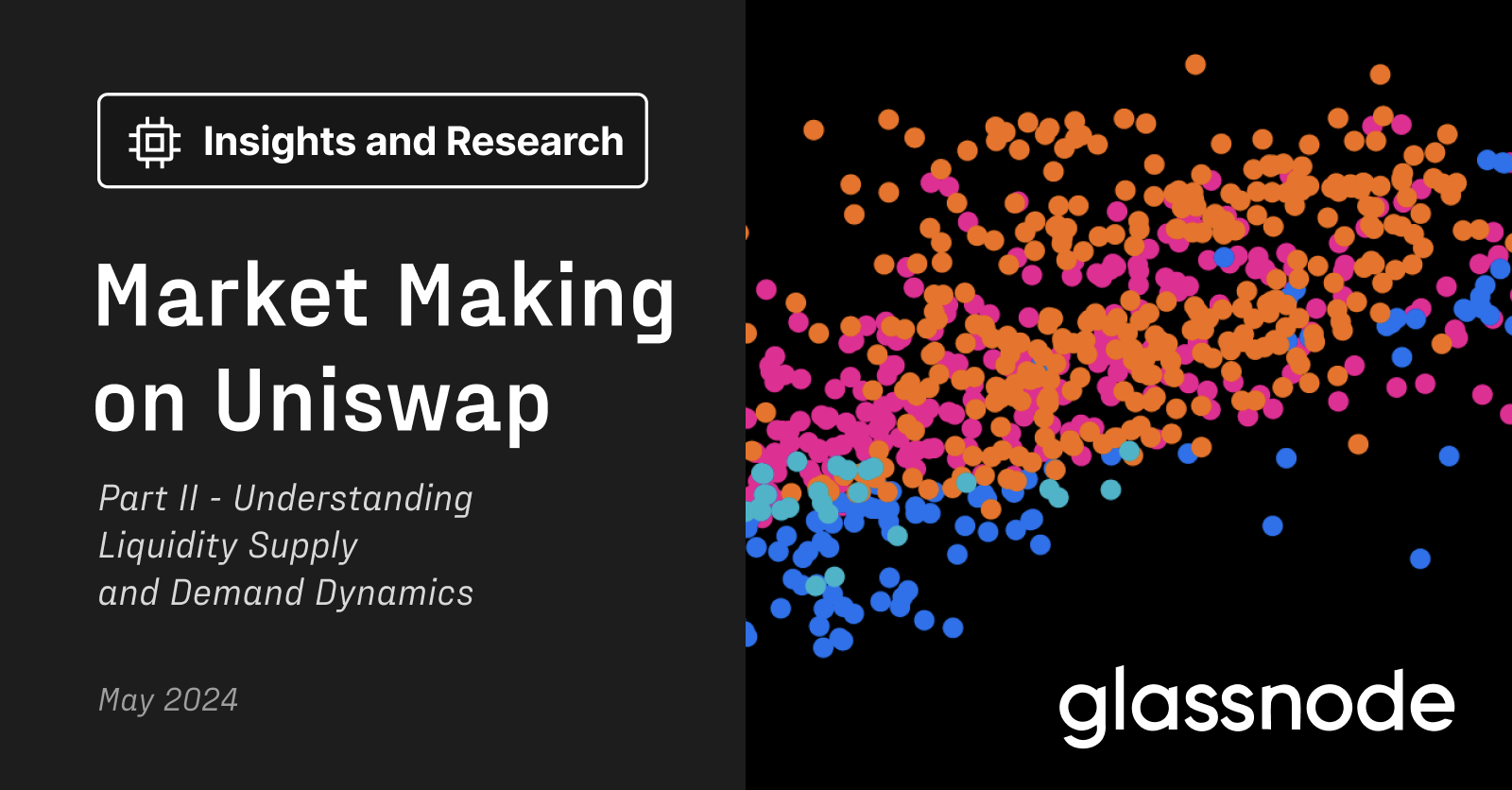Research Summary
The report provides an in-depth analysis of liquidity supply and demand dynamics on Uniswap, focusing on the impact of concentrated liquidity in Uniswap V3 on market makers. It explores the decision-making process of market makers, the influence of various factors on their strategies, and the competitive landscape of Uniswap.
Key Takeaways
Concentrated Liquidity and Market Makers
- Increased Complexity: The introduction of concentrated liquidity in Uniswap V3 has made the decision-making process more complex for market makers. They now have to consider various factors such as the type of token and token-pair, fees, existing liquidity in a pool, and the price range for which they wish to provide liquidity.
- Competitive Landscape: The competitive landscape on Uniswap has become more challenging due to the increased freedom and opportunity for market makers to manage their positions.
Liquidity Supply and Demand Dynamics
- Exogenous and Endogenous Variables: The report examines the various exogenous and endogenous variables that influence market makers on Uniswap and their decision-making process. These include the selection of a token pair, the right fee-tier for a market-making position, and more.
- Traders’ Preferences: Traders are attracted by low fees and a pool’s active reserve. A low or imbalanced liquidity might increase slippage, affecting their decision to trade in a particular pool.
Capital Efficiency in Liquidity Pools
- Volume and Total Value Locked (TVL): The report observes that the volume in the USDC/WETH 0.05% Pool is 16 times higher than the volume in the USDC/WETH 0.3% pool. However, TVL in the 0.05% pool is only 2.3 times higher than in the 0.3% pool, indicating a higher capital efficiency in the 0.05% pool.
- Active Value Locked (AVL): AVL, a metric used to assess capital efficiency within a pool, calculates the average reserves being actively applied within a specific pool each day. The report finds that AVL in the 1% pool has been the most actively managed.
Market Makers’ Strategies
- Profitability Shifts: The report assesses the profitability of the two primary USDC-WETH pools, denoted by the fee ratio. It finds that shifts in profitability between these pools influence the TVL and AVL in each pool, indicating the strategies employed by market makers and their optimization criteria.
- Position Adjustment: Market makers prefer to readjust their positions within a pool rather than shifting liquidity between pools when optimizing for fees. This suggests that existing liquidity in a pool plays a less important role in market makers’ decision-making frameworks.
Actionable Insights
- Understanding Market Dynamics: Market makers and traders should understand the dynamics of liquidity supply and demand on Uniswap, including the impact of concentrated liquidity, to make informed decisions.
- Optimizing Strategies: Market makers should consider various factors such as the type of token and token-pair, fees, existing liquidity in a pool, and the price range for which they wish to provide liquidity to optimize their strategies.
- Capital Efficiency: Market makers should pay attention to capital efficiency in liquidity pools, as indicated by metrics such as volume, TVL, and AVL, to maximize their returns.












